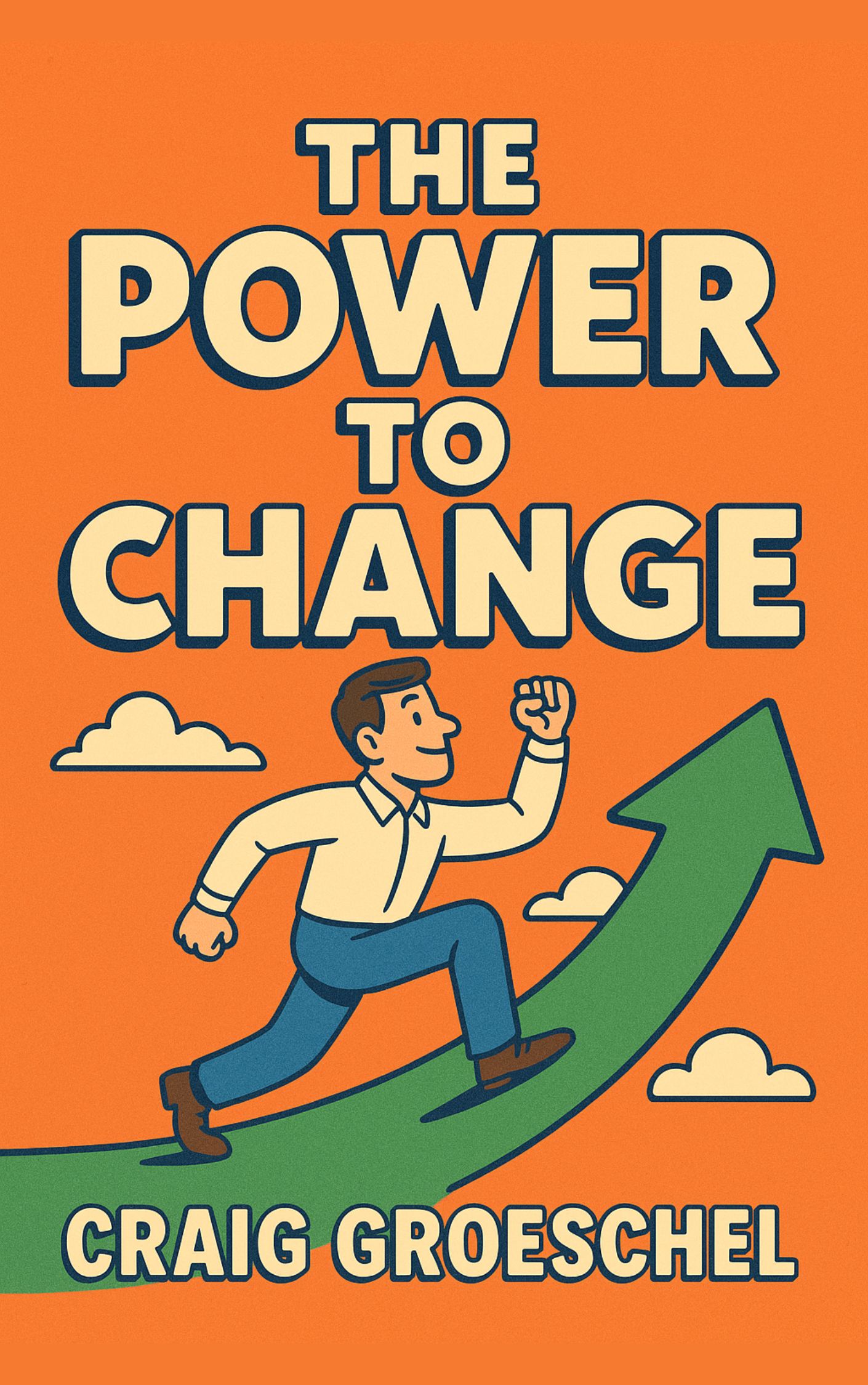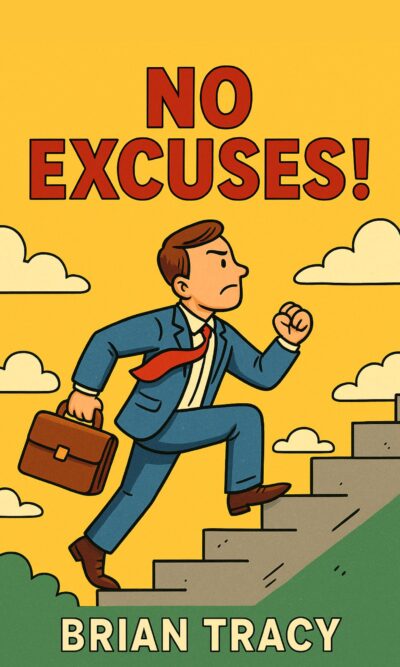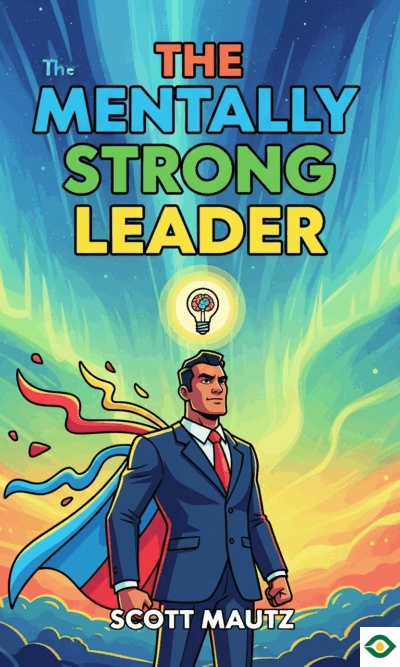Description
Change is something most people want but often find hard to achieve. You may have tried in the past — maybe to improve your finances, become healthier, or break a bad habit — only to slip back into old ways. This can make change feel impossible. But lasting change is possible when you follow a clear roadmap that addresses how you think, act, and sustain progress over time.
The first step is understanding that lasting change begins with how you see yourself. Self-perception plays a powerful role in shaping your actions. If you believe you are average, you will act in ways that keep you average. If you think you are a bad parent, you might unconsciously behave in ways that match that belief. To create lasting change, you must shift this internal view.
Start by discovering your true self — not the version defined by others’ opinions, but the one rooted in truth and values. Then, think about your future self. Imagine the person you want to become in ten years and picture that clearly. This vision will help you make daily choices that lead toward that version of yourself. Finally, understand your calling — the deeper purpose that gives meaning to your actions. This sense of direction strengthens your motivation and keeps you grounded when challenges arise.
Once your self-perception changes, the next step is to train for change rather than simply try. Trying means putting in effort in the moment, but training means preparing in advance. Just as athletes practice for months before competing, you must set clear goals and work toward them step by step. Define your main goal, then break it into smaller, measurable milestones. Share these goals with someone you trust — research shows this accountability greatly improves your chances of success.
Training requires two essential elements: discipline and habits. Discipline is the ability to choose long-term benefit over short-term comfort. It’s studying instead of scrolling through social media when your goal is academic success. It’s choosing to cook a healthy meal rather than ordering fast food when your aim is better health. Discipline isn’t easy, but the discomfort it brings is far less painful than the regret of missing your goals.
Habits, on the other hand, are the automatic actions you perform without much thought. Your current habits have shaped the person you are today. If you want a different outcome, you must replace unhelpful habits with ones that align with your goals. This involves both building positive habits and breaking harmful ones.
To build a positive habit, set up your environment so the habit becomes natural. For example, if you want to exercise each morning, place your workout clothes or equipment where you’ll see them immediately upon waking. Decide in advance when, where, and how you’ll perform the habit. Linking it to an existing habit — like journaling right after brushing your teeth — can help it stick. Make the habit enjoyable, easy to start, and supported by others. Repetition is key: the more you do it, the more natural it becomes.
Breaking a bad habit often means removing the triggers that cause it. If you want to stop late-night social media scrolling, set app limits or keep your phone away from your bed. Some habits, especially those tied to addiction, may require professional help. Whatever the case, avoid situations that pull you back into the pattern you’re trying to leave behind.
With new habits in place, the next key is consistency. Small actions, done daily, create huge results over time through the cumulative and compound effects. The story of Nehemiah rebuilding Jerusalem’s wall brick by brick is a reminder that steady, repeated effort can accomplish what once seemed impossible. Just as placing one brick a day led to a complete wall, small daily steps toward your goal can transform your life.
Consistency also means patience. Results rarely appear overnight, but every day you maintain the habit adds strength to the foundation you’re building. Trust the process, knowing that consistent good actions will eventually lead to rewarding outcomes.
Even with strong self-belief, training, and consistency, there’s one more vital element: relying on a source of power beyond your own willpower. Human willpower is limited and can run out, especially when life gets hard. Seeking spiritual strength — through prayer, reflection, and connection with your faith — can help sustain your efforts when your own resolve weakens.
Drawing on this deeper power involves a few steps:
Transform your thinking by focusing on uplifting, truth-filled ideas. Reading, listening to, and reflecting on wise and inspiring words can reshape your mindset.
Build a strong connection with your source of spiritual strength. Just as a branch needs to stay connected to a tree for nourishment, you need regular connection to keep your motivation alive.
Acknowledge your need for help beyond yourself. Accept that lasting change is easier with support, whether divine, communal, or both.
Ask for guidance and strength whenever you need it. Being open to help keeps you from carrying the entire burden alone.
In summary, lasting change is a process with three major pillars. First, change the way you see yourself — your identity shapes your actions. Second, train for change by setting clear goals, building discipline, and developing the right habits. Third, be consistent, and draw on a power greater than yourself to keep going when your own strength fades.
When you bring these together, change is no longer a temporary burst of effort. It becomes a steady, purposeful journey toward a better version of yourself — one that can stand the test of time.





